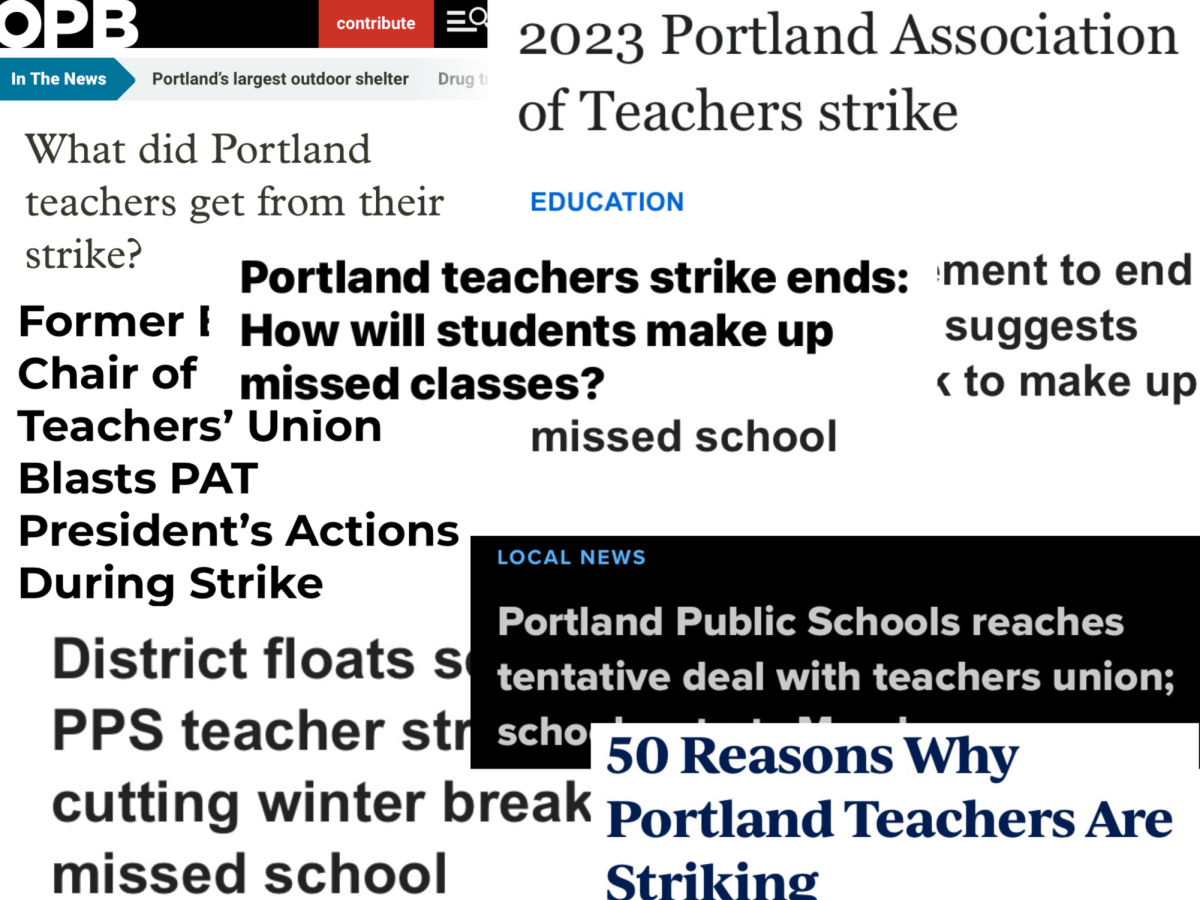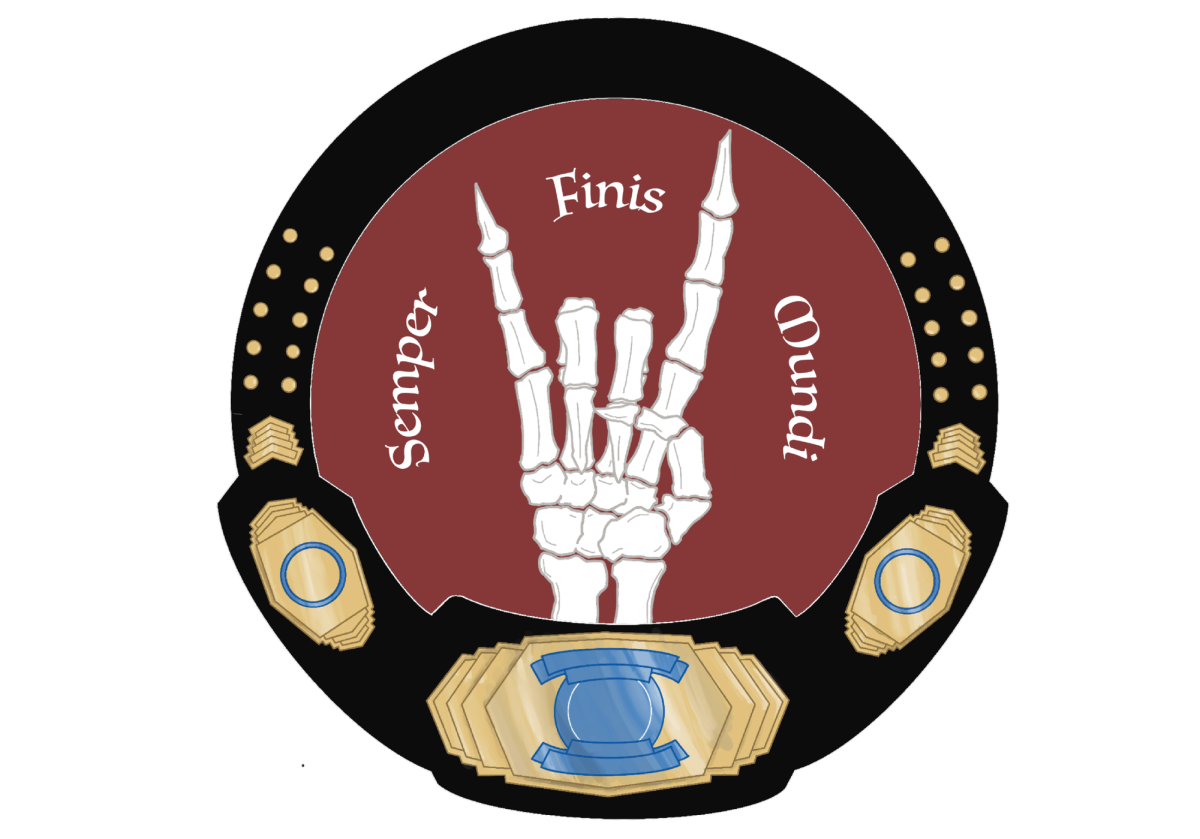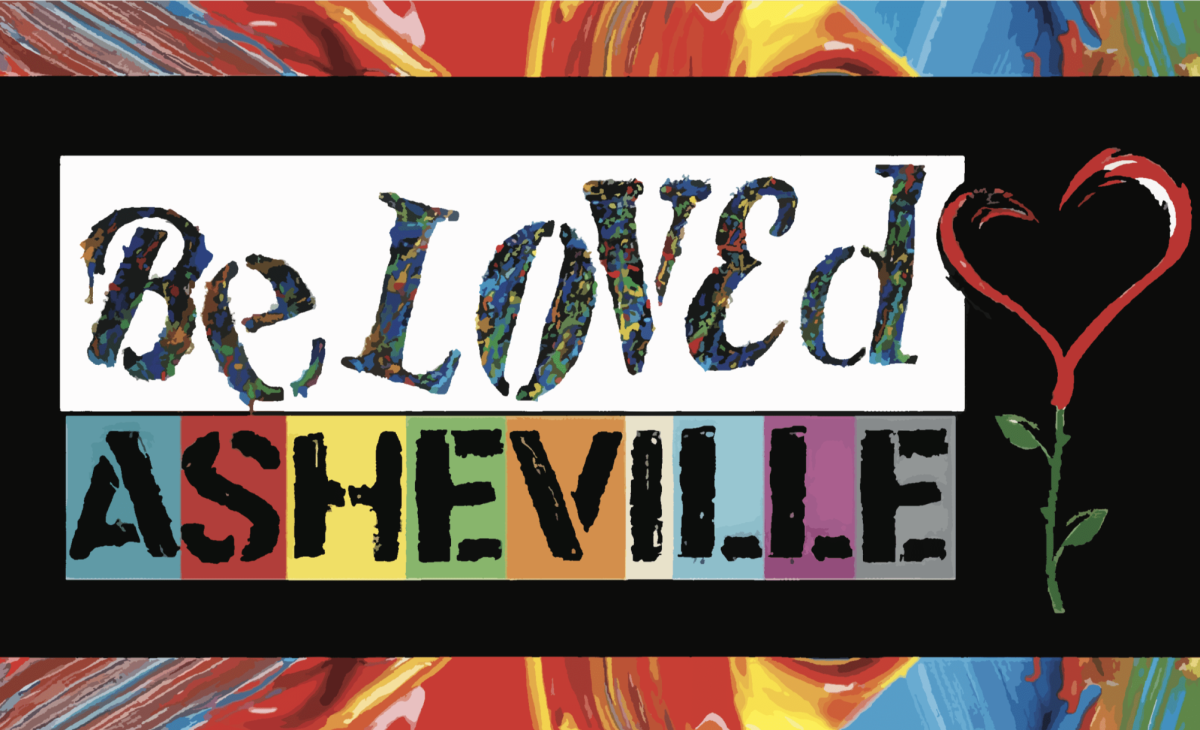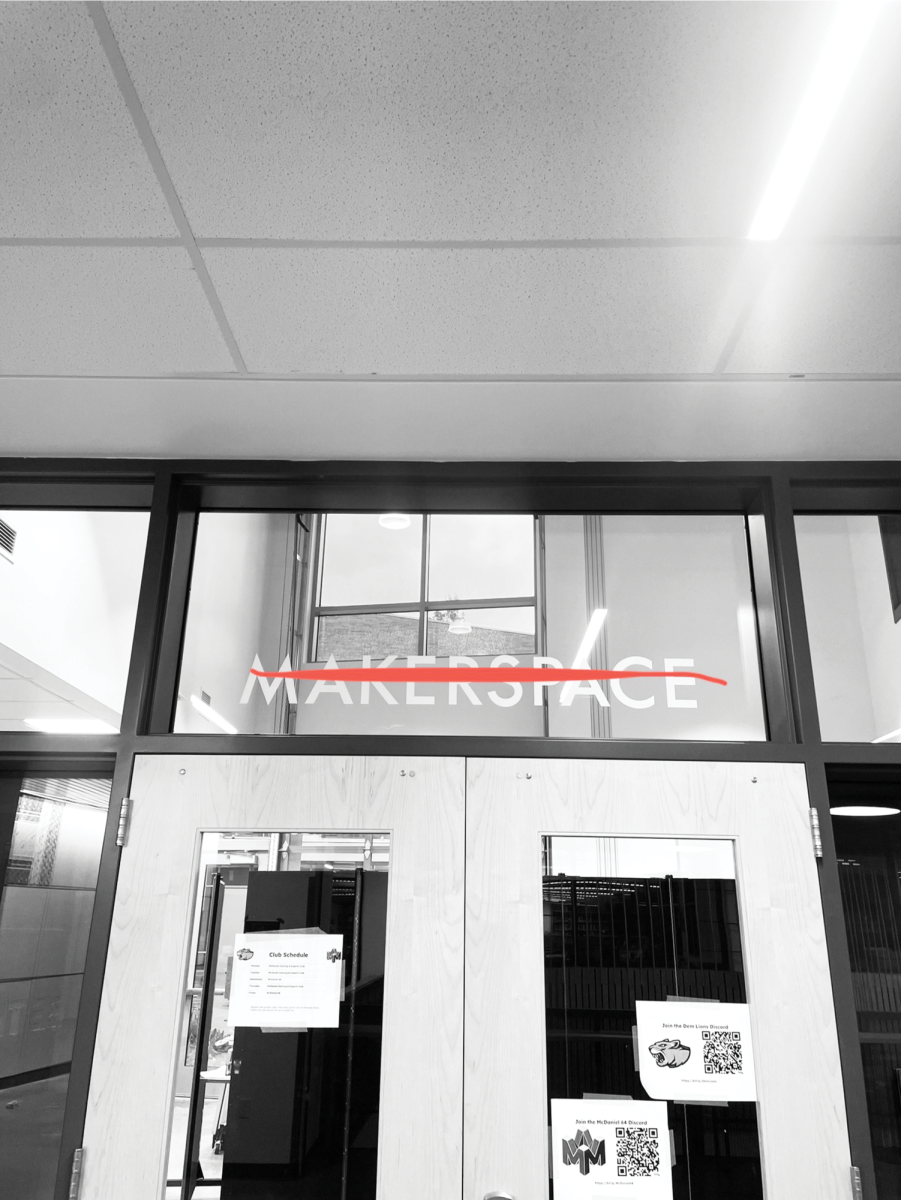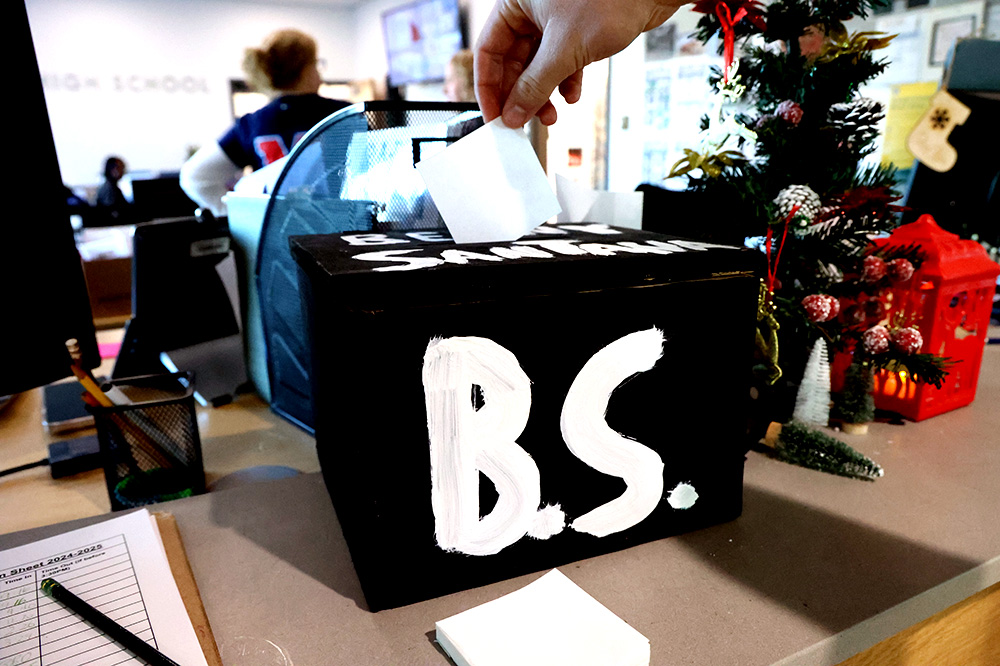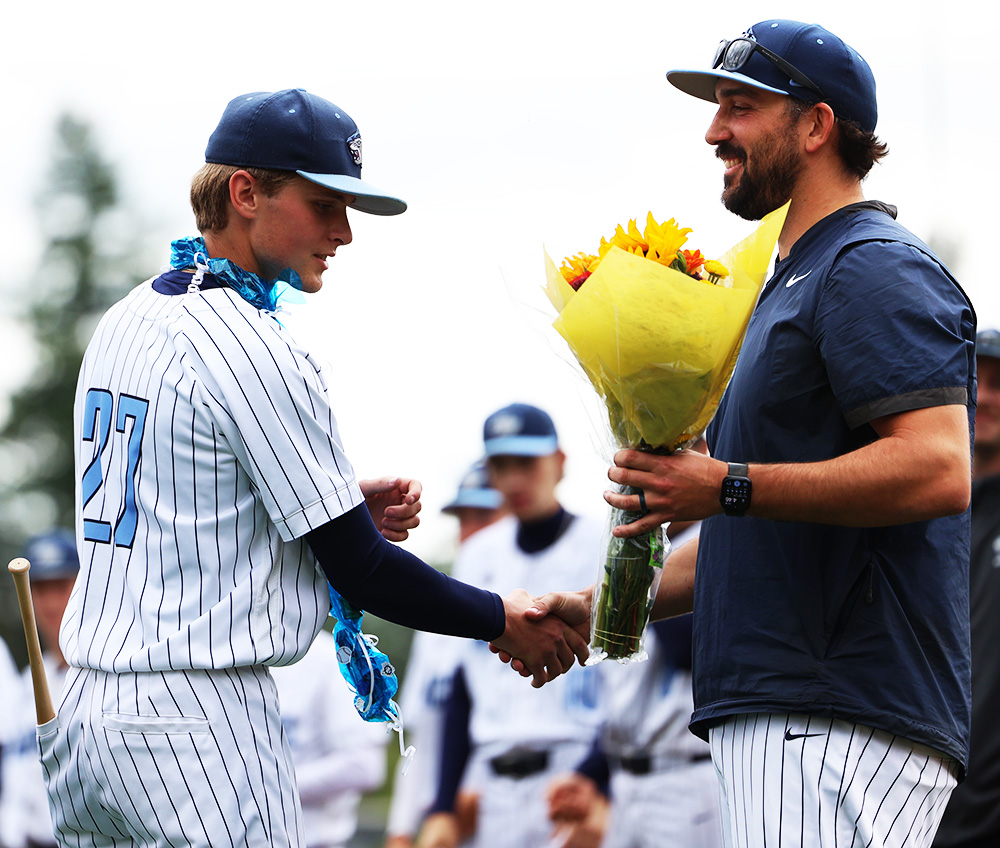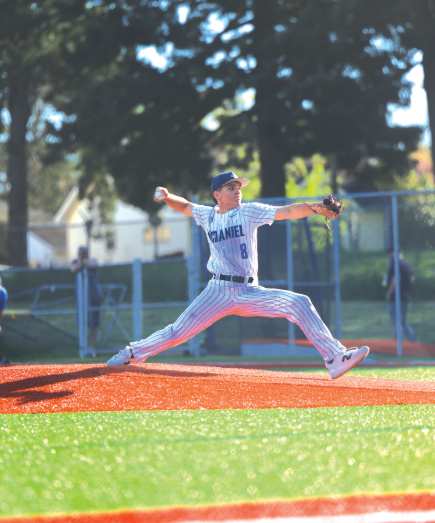Following days of demonstration and negotiation, the PAT strike reached its end on Nov. 26. This marks the first strike by PPS educators in the district’s history.
To many teachers and other PPS educators, this resolution represents a hard-fought victory. The agreement’s complex nature only became amplified after a flurry of nationwide coverage, elevating the event to one of national social significance.
Caught in the middle were the educators of PPS, a notable amount of which chose to avoid keeping up with the news coverage entirely.
With that said, many educators who we contacted deemed media coverage to be predominantly positive and generally non-argumentative.
“I think the media in general was favorable towards PAT,” art teacher Clinton Harpster said. “There were a few news outlets who were unfavorable. I believe they sensationalized the strike and made an ‘us versus them’ feeling for the public, but the general consensus was that PAT was in the right.”
Aside from spending time on the picket lines, Harpster provided hand drawn stickers in solidarity with the teachers union during the strike.
Julia Silverman, who covers education for the Oregonian, stressed the validity of the paper’s coverage. She cited the wide array of relevant people she talked to for her stories, as well as the lengths she went to find said people.
“I tried especially hard to hear not only from just the usual suspects—I went to food pantries, community centers, apartment complexes, playgrounds and libraries to find a broad cross-section of parents and students to talk to, and along with many other reporters regularly went to the picket lines to speak with union members,” Silverman said.
Other community members brought into question the accuracy of coverage from a different local newspaper. Willamette Week used imagery in an article published on Oct. 25 that felt inaccurate to English teacher Maurice Cowley.
“There was a Willamette Week article that came out a week before the strike happened, and it was all about how kids who were going to college might miss out on a chance to have a teacher write a letter of recommendation,” Cowley said. “The article itself was dumb and misses a lot of key details, but one of the things that was really funny to me was that it had a picture of my kid. My kid is not applying for college, they are in eighth grade. The publication didn’t even care to get that right; why would I trust anything else.”
At the time of press, Willamette Week has not responded to our requests to comment.
Cowley also noted a lack of depth in reporting from the media at large.
“The media isn’t interested in telling the story accurately for teachers,” he said. “They’re gonna miss the lived experience. They’re focused on a very high level; this group of people versus this other group of people. They’re not telling stories of the ways teachers showed up for each other, ways the community rallied around educators.”
The community played an extensive role throughout the strike. Between delivering coffee for teachers to large-scale social media support, the PPS community had an extensive showout.
“The community at large showing up to support the teachers just doesn’t fit the narrative that the community just wants to get back to school, so they missed that story, which I think is a really beautiful story,” Cowley said.
Ultimately, social media became an essential tool for educators to convey their position. PAT members across the district took to Instagram and other outlets to share their efforts.
Despite the educators’ triumph, one important group was left out of almost all of the negotiation process and largely went under the radar of most prominent reporters: students.
Junior Jorge Sanchez Bautista, who is a community organizer and PPS student leader, helped lead strike chants in the picket lines on 82nd. He had hoped the youth voice would have been more listened to and appreciated.
“When I gave my testimony to the board of education, I mentioned that no students were a part of bargaining, no students voted for the strike to occur, and none were brought into the conversation on how to cover lost time,” Bautista said. “Not many people know about this, and not many media outlets talked about it.”
As possibly the largest interest group involved, students made their voices known on social media. Many student leaders posted photos of themselves with microphones and videos of themselves leading chants at the strikes.
One photo posted to Instagram by Sanchez Bautista pictures him with another student. The post is captioned “LISTEN TO THE STUDENTS,” emphasizing student engagement during the strike.
Through weeks of relentless demonstration, Portland educators were able to endure a national media frenzy and return to the job on Nov. 26.


